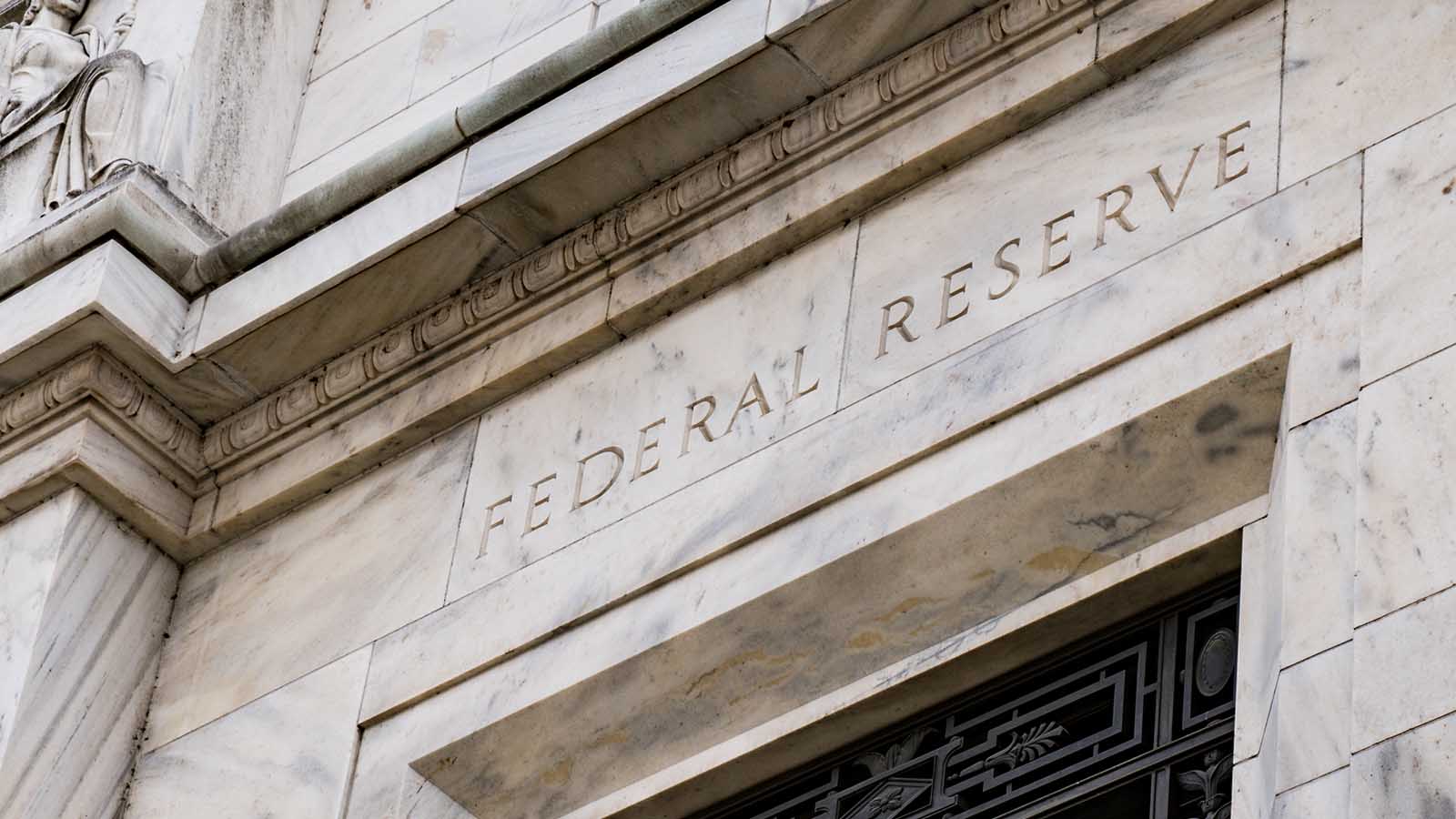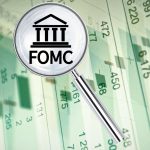
The Federal Reserve has expectedly opted to keep rates steady at today’s Federal Open Market Committee (FOMC) meeting. Wall Street is more interested in the decision to slow its quantitative tightening (QT) process, potentially setting the stage for eventual rate cuts
Fed Chair Jerome Powell remained consistent in his hawkish sentiment today, noting that members of the Fed are committed to lowering inflation despite growing “risks and uncertainties.”
“The Fed’s monetary policy actions are guided by our mandate to promote maximum employment and stable prices for the American people. My colleagues and I are acutely aware that high inflation imposes significant hardship as it erodes purchasing power,” Powell said.
According to Powell, it will likely take longer than previously expected to reach its long-established 2% inflation goal. In that regard, the central bank will hold rates high “for as long as appropriate.”
“We know that reducing policy and restraint too soon or too much could result in a reversal of the progress we’ve seen on inflation. At the same time, reducing policy restraint too late or too little could unduly weaken economic activity and employment.”
Easing QT Suggests Fed Rate Cuts Are on the Way
For Wall Street, today’s policy meeting was less about the foregone rate-cut decision and more about gleaning the Fed’s sentiment going forward.
Unfortunately, today’s meeting did little to offer any new perspective on the matter.
Indeed, perhaps the biggest news of the day is the decision to slow the Fed’s QT process by reducing its sale of Treasuries from $60 billion per month to $25 billion per month, starting on June 1. This represents a mild but notable step toward a less restrictive monetary environment.
By slowing the pace of Treasury runoff, the Fed is essentially taking the first step in the transition away from elevated interest rates.
According to Powell, the move “will help ensure a smooth transition, reducing the possibility that money markets experience stress, and thereby facilitating the ongoing decline in our securities holdings.”
For a Wall Street chomping at the bit for lower interest rates, this could be viewed as a promising sign that rate cuts may be on the way.
On the date of publication, Shrey Dua did not hold (either directly or indirectly) any positions in the securities mentioned in this article. The opinions expressed in this article are those of the writer, subject to the InvestorPlace.com Publishing Guidelines.







